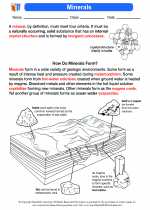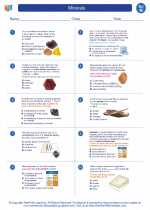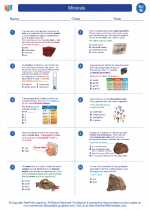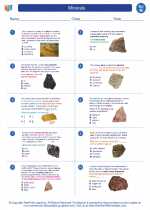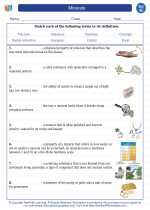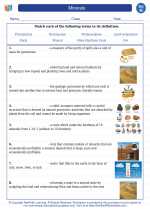Planets
Planets are celestial bodies that orbit around a star, such as our Sun. They are typically large, spherical objects that do not produce their own light but instead reflect the light of the star they orbit. In our solar system, there are eight recognized planets: Mercury, Venus, Earth, Mars, Jupiter, Saturn, Uranus, and Neptune.
Characteristics of Planets
Each planet has its own unique characteristics, including size, composition, atmosphere, and surface features. Here are some key characteristics of the planets in our solar system:
- Mercury: Closest planet to the Sun, small and rocky, no atmosphere
- Venus: Similar in size to Earth, thick atmosphere of carbon dioxide, extremely high surface temperatures
- Earth: The only known planet with life, diverse environments, abundant water
- Mars: Reddish appearance due to iron oxide on its surface, thin atmosphere, evidence of past water
- Jupiter: Largest planet, composed mostly of hydrogen and helium, prominent atmospheric features such as the Great Red Spot
- Saturn: Known for its striking ring system, composed mostly of hydrogen and helium
- Uranus: Tilted on its side, composed of ices and rock, has a unique blue-green color
- Neptune: Similar in composition to Uranus, has the strongest winds in the solar system
Formation of Planets
Planets are believed to form from the same cloud of gas and dust that gives rise to a star. This process, known as planetary accretion, involves the gradual accumulation of material in a protoplanetary disk around the young star. Over time, the material clumps together to form planetesimals, which then collide and merge to form planets.
Classification of Planets
In our solar system, planets are classified into two main groups: terrestrial planets and gas giants. Terrestrial planets, including Mercury, Venus, Earth, and Mars, are small, rocky, and located closer to the Sun. Gas giants, such as Jupiter, Saturn, Uranus, and Neptune, are much larger and primarily composed of hydrogen and helium.
Study Guide Questions
- What are the eight recognized planets in our solar system?
- Describe the key characteristics of each of the terrestrial planets.
- What is planetary accretion, and how does it contribute to the formation of planets?
- How are planets classified in our solar system, and what are the main differences between terrestrial planets and gas giants?


